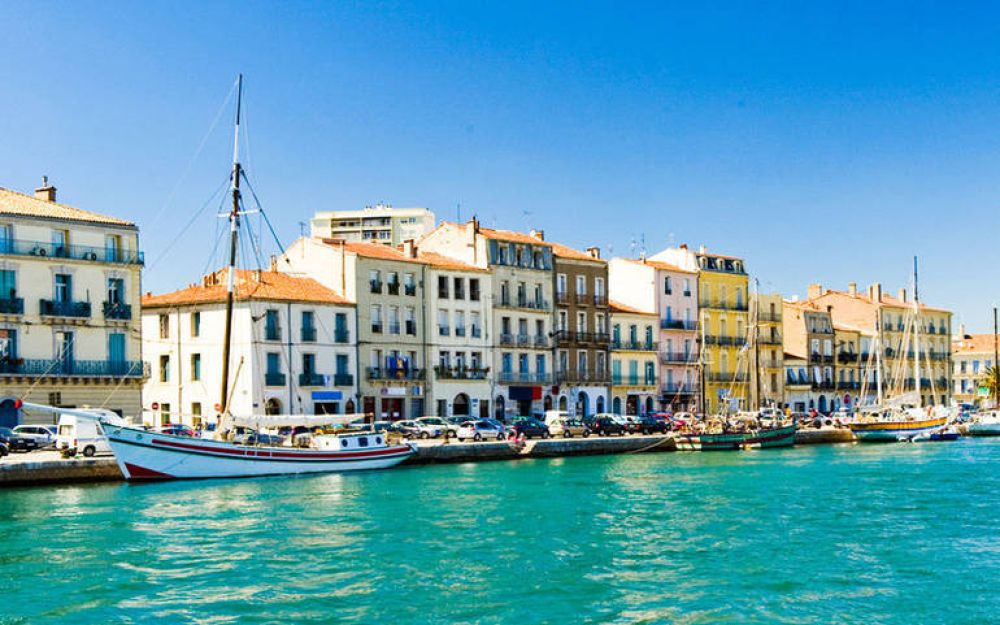

Montpellier, nestled in the south of France, is a city that seamlessly blends ancient charm with modern vibrancy. The history of tourism in Montpellier is a reflection of its rich cultural tapestry and the dynamic evolution of travel preferences over time.
The origins of tourism in Montpellier can be traced back to the 18th century when the city was a popular destination among the European aristocracy. Its reputation as a center for learning and medicine, particularly with the establishment of the University of Montpellier, one of the oldest in the world, drew intellectuals and scholars from across the continent. The city's mild climate and picturesque landscapes also began to attract visitors seeking leisure and health retreats.
With the advent of the railroad in the 19th century, Montpellier became even more accessible, leading to a boom in its popularity among tourists. The development of seaside resorts along the nearby Languedoc coast further amplified the region's appeal. During the 20th century, Montpellier continued to grow as a tourist hotspot, with visitors drawn to its historical architecture, such as the Saint Pierre Cathedral and the medieval Mikvé, an ancient Jewish ritual bath.
In recent decades, Montpellier has expanded its offerings, with the development of contemporary attractions such as the Antigone district, designed by the renowned architect Ricardo Bofill, and the state-of-the-art Fabre Museum, home to one of France's most significant art collections. These modern additions have contributed to a broader cultural tourism appeal, attracting a diverse array of international visitors.
In line with the latest tourism trends, Montpellier is increasingly focusing on sustainable practices to preserve its environment and heritage. The city encourages eco-friendly transportation and has implemented measures to manage tourist flows to safeguard its historic sites. Culinary tourism has also grown in Montpellier, with travelers seeking to experience authentic Occitanie cuisine, and wines from the renowned Languedoc vineyards.
Looking to the future, Montpellier is poised to continue its rich legacy as a destination that offers a unique combination of historical depth, cultural wealth, and an enduring commitment to sustainability.
A testament to its vibrant cultural scene, Montpellier hosts a series of annual events and festivals that have become significant draws for tourists. The Montpellier Dance Festival and the International Mediterranean Film Festival are among the events that have placed the city on the global cultural map and continue to enchant visitors from all corners of the world.
In conclusion, Montpellier's tourism history is a story of evolution, from its early days as a haven for the elite to its current status as a diverse and dynamic tourist destination. The city remains an alluring mix of historical intrigue and contemporary flair, offering an array of experiences for travelers seeking to explore the heart of southern France.